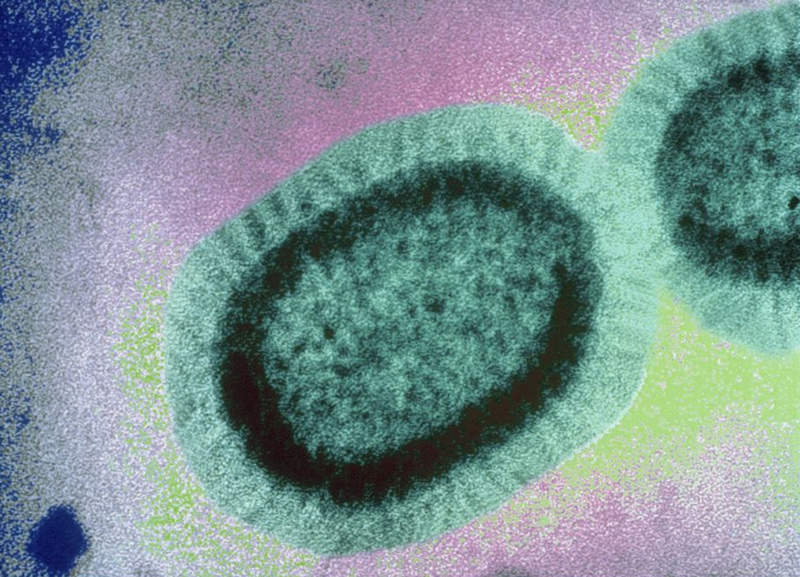On April 3, the US National Institutes of Health (NIH) announced the start of a Phase I clinical trial investigating the safety, tolerability, and immunogenicity of its universal influenza vaccine candidate, H1ssF_3928.
Developed by the Vaccine Research Center (VRC) within the National Institute of Allergy and Infectious Diseases (NIAID), H1ssF_3928 contains only the stem of the influenza virus surface protein hemagglutinin (HA), which is tagged onto nonhuman ferritin particles.
GlobalData believes that the NIH’s strategy to target only the HA stem is a promising approach for universal influenza vaccine development, with the goal to end yearly influenza shots.
Vaccination against the influenza virus is required every year, since the circulating strains change from season to season. Additionally, mutations in the virus surface proteins, HA and neuraminidase (NA), occur frequently via a mechanism called antigenic drift.
These mutations occur mostly in the head of the HA protein, which is the main target of the human immune response. The immune response is trained by traditional influenza vaccines through the use of inactivated virus particles.
Universal influenza vaccines such as H1ssF_3928 aim to elicit immune responses to more conserved regions of the influenza virus such as the HA protein stem, which mutates less frequently and is preserved among multiple influenza strains. H1ssF_3928 uses nonhuman ferritin as a platform for the HA stem to mimic the spiky surface of the influenza virus.
How well do you really know your competitors?
Access the most comprehensive Company Profiles on the market, powered by GlobalData. Save hours of research. Gain competitive edge.

Thank you!
Your download email will arrive shortly
Not ready to buy yet? Download a free sample
We are confident about the unique quality of our Company Profiles. However, we want you to make the most beneficial decision for your business, so we offer a free sample that you can download by submitting the below form
By GlobalDataThe goal is to create an influenza vaccine that provides immunization against multiple influenza strains, thus removing the pressure of selecting the right strains for the seasonal influenza vaccine, and ideally protecting against influenza infections across multiple seasons.
The World Health Organization (WHO) listed the development of a universal influenza vaccine as one of the most urgent needs in its Global Influenza Strategy 2019-2030 report. This objective will not only potentially diminish the burden of seasonal influenza, but will also protect against pandemic influenza.
Pandemics occur when a new influenza subtype emerges through antigenic shift, the combination of existing virus strains to form a new subtype, or when an influenza strain makes the jump from an avian or pig host to humans. These new influenza strains are not recognized by the human immune system and carry the risk of a quick and widespread infection.
The NIH’s H1ssF_3928 joins the ranks of several other universal vaccine candidates, such as Biondvax’s M-001 and Medicago’s MT-2271, which are both currently in Phase III, and six Phase II universal influenza vaccine candidates. According to GlobalData’s proprietary Clinical Trials database, the seasonal influenza drug pipeline is also highly active, with over 230 experimental products in all stages of development, most of them in the preclinical stage.
The development of universal influenza vaccines is picking up pace, but key opinion leaders (KOLs) interviewed by GlobalData believe that no universal influenza vaccine will be commercially available within the next five years. Nevertheless, the NIH’s product is another strong entrant to the pipeline to address one of the biggest unmet needs in fighting seasonal influenza: vaccine efficiency.






Related Company Profiles
Clinical Trials Inc
U.S. National Institutes of Health
Medicago Inc
The National Institute of Allergy and Infectious Diseases